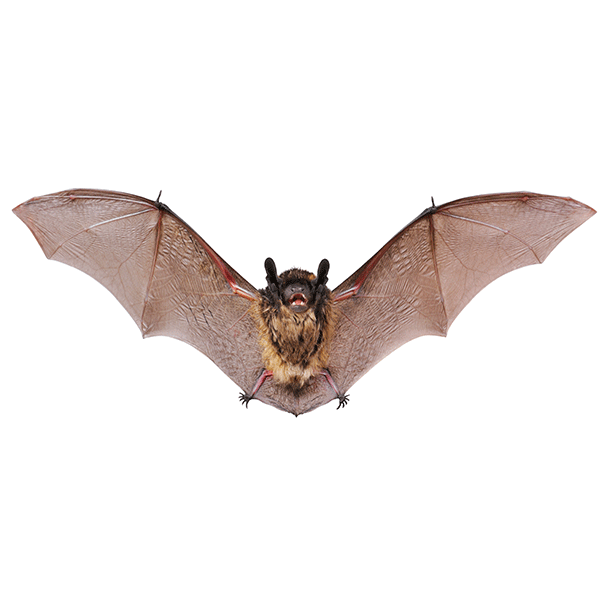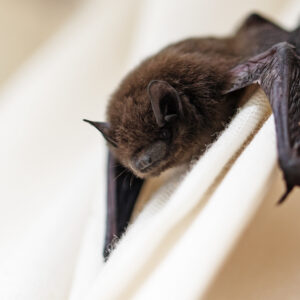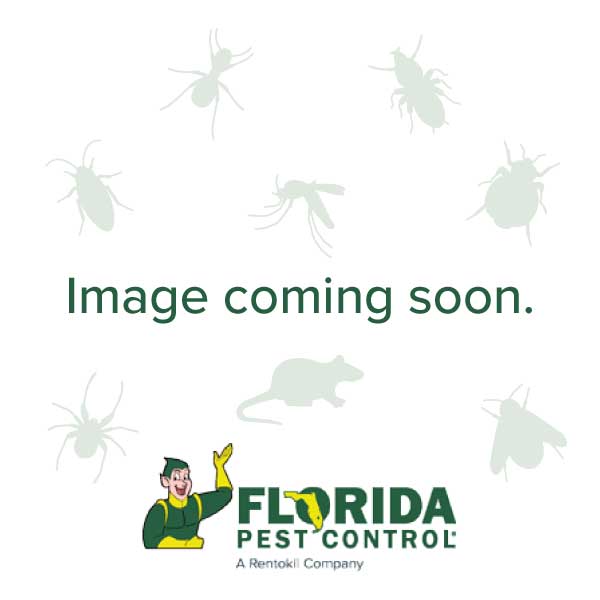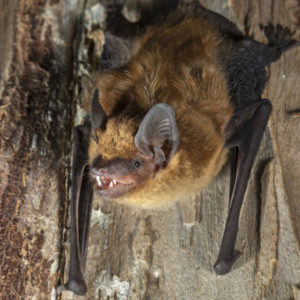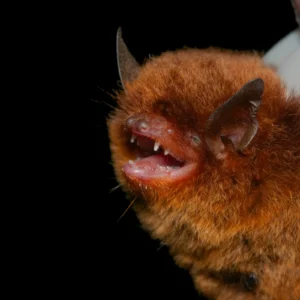Little Brown Bats in Florida
True to their name, little brown bats weigh less than half an ounce and are one of the smallest types of bats. They are found in many places, but are more typically found in the northern U.S. and are common in Florida. They are not territorial and tend to live in colonies of thousands of bats. These colonies congregate at nesting sites, known as roosts. These bats use a system called echolocation to seek out their insect prey.
Little Brown Bat Habitat
Little brown bats are found throughout Florida They can migrate hundreds of miles to get from summer habitats to their hibernaculum, which is the name for a roost occupied during winter months. Little brown bats tend to choose caves, trees, rocks, woodpiles, and buildings as roost sites, making it potentially dangerous for suburban homes.
Little Brown Bat Behaviors, Threats or Dangers
Little brown bats feed on insects. They use a process called echolocation, which is similar to the sonar used on ships, to determine the location and size of their prey. These bats need to eat at least half their body weight in insects to prevent becoming malnourished. Little brown bats are nocturnal and their peak activity is a few hours after dusk. Little brown bats are known to roost in buildings, making it important to know how to prevent them. Bats can spread diseases including rabies. They aren’t typically aggressive but will bite if handled. If you notice a bat has made its way into your building, never approach it or attempt to handle it yourself. Always contact your local bat control experts.
Need help with Little Brown Bat control?
We'll call you! Leave your information below.

